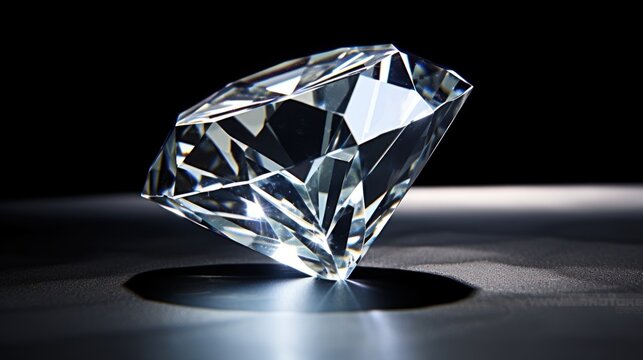
Introduction to Lab-Grown Diamonds
When you think of diamonds, what comes to mind? Perhaps it’s the sparkle, the brilliance, or the timeless allure. Now, imagine that same dazzling effect, but with a story that’s a bit more modern and ethical. Enter forever forever lab grown diamonds—gems that are revolutionizing the way we think about these precious stones.
What Are Lab-Grown Diamonds?
Lab-grown diamonds are exactly what they sound like: diamonds cultivated in a laboratory rather than mined from the Earth. They’re chemically, physically, and optically identical to natural diamonds. The only difference? They’re made under controlled conditions in a lab.
History and Evolution
The concept of creating diamonds in a lab isn’t brand new; it dates back to the mid-20th century. Initially, these diamonds were used primarily for industrial purposes. However, advancements in technology have made it possible to create gem-quality diamonds, making them a popular choice for consumers today.
The Science Behind Lab-Grown Diamonds
Curious about how lab-grown diamonds come to life? It’s a fascinating process that combines cutting-edge science with a touch of artistry. Let’s delve into the two main methods used to grow these sparkling gems.
How Lab-Grown Diamonds Are Made
High Pressure High Temperature (HPHT)
HPHT mimics the natural conditions under which diamonds form deep within the Earth’s mantle. By applying intense heat and pressure, carbon atoms crystallize into diamond structures. This method is a bit like recreating the Earth’s core in a lab.
Chemical Vapor Deposition (CVD)
CVD is a more recent innovation. It involves using a gas mixture that contains carbon, which is then ionized to form a plasma. This plasma breaks down, allowing carbon atoms to deposit onto a substrate and crystallize into diamond. It’s like painting with carbon, layer by layer.
Comparing Lab-Grown to Natural Diamonds
Physical Properties
Visually, lab-grown diamonds are indistinguishable from natural diamonds. They boast the same brilliance, sparkle, and durability. A trained gemologist would need specialized equipment to tell them apart.
Chemical Properties
Lab-grown diamonds have the same chemical composition as natural diamonds—pure carbon arranged in a crystal lattice. This means they have the same hardness and reflect light in the same way, making them just as desirable.
Why Choose Forever Lab-Grown Diamonds?
Ethical and Environmental Benefits
Conflict-Free AssuranceOne of the most compelling reasons to choose lab-grown diamonds is their ethical appeal. They eliminate the risk of “blood diamonds,” which are mined in war zones and often fund violence.
Reduced Environmental Impact
Mining natural diamonds can be incredibly damaging to the environment, involving massive land disruption and ecological harm. Lab-grown diamonds, in contrast, have a minimal environmental footprint.
Cost-Effectiveness
Affordability Compared to Natural Diamonds
Lab-grown diamonds generally cost 20-40% less than their natural counterparts. This price difference allows consumers to either get a larger stone or save money for other important things.
Value for Money
When you buy a lab-grown diamond, you’re not just getting a beautiful gem; you’re also making a more sustainable choice without compromising on quality. It’s value for money with a conscience.
Popular Uses of Forever Lab-Grown Diamonds
Engagement Rings
Lab-grown diamonds are becoming increasingly popular for engagement rings. They offer a blend of elegance and ethical assurance that many couples find appealing.
Fashion Jewelry
From earrings to bracelets, lab-grown diamonds are making waves in the fashion world. Their versatility means they can be set in a range of styles, catering to every taste.
Investment Opportunities
Lab-grown diamonds can also be a smart investment. As the technology advances and becomes more prevalent, their value and market stability are expected to grow.
How to Choose the Perfect Forever Lab-Grown Diamond
Understanding the 4 Cs
Cut
The cut of a diamond affects its brilliance and sparkle. Whether you prefer a round, princess, or emerald cut, the choice is yours.
Color
Lab-grown diamonds come in a variety of colors, from colorless to shades of yellow and brown. The less color a diamond has, the higher its value.
Clarity
Clarity refers to the presence of internal or external imperfections. Lab-grown diamonds can be flawless, but inclusions may be present, though they’re usually very minor.
Carat Weight
Carat weight measures the size of the diamond. Larger man made diamonds are rarer and more expensive, but lab-grown options provide excellent value in larger sizes.
Certification and Authenticity
Always look for certification from reputable labs like the Gemological Institute of America (GIA). This ensures the diamond’s authenticity and quality.
Caring for Your Lab-Grown Diamond
Cleaning and Maintenance Tips
Keep your diamond looking its best by cleaning it regularly with a mild soap solution and a soft brush. Avoid harsh chemicals and ultrasonic cleaners.
Storing Your Diamond Properly
Store your diamond in a soft pouch or lined jewelry box to prevent scratches. Avoid placing it next to other jewelry items.
The Future of Lab-Grown Diamonds
Technological Advances
The technology behind lab-grown diamonds is evolving rapidly. Future advancements may lead to even better quality and more affordable options.
Market Trends and Predictions
As consumer awareness grows, the market for lab-grown diamonds is expected to expand. They’re poised to become a significant player in the diamond industry.
Conclusion
Forever lab-grown diamonds are more than just a trend—they represent a significant shift in the jewelry industry. With their ethical benefits, cost-effectiveness, and stunning beauty, they’re paving the way for a brighter, more sustainable future in sparkling gems. So, whether you’re shopping for an engagement ring or just a little sparkle to brighten your day, lab-grown diamonds offer a choice that’s as brilliant as it is responsible.





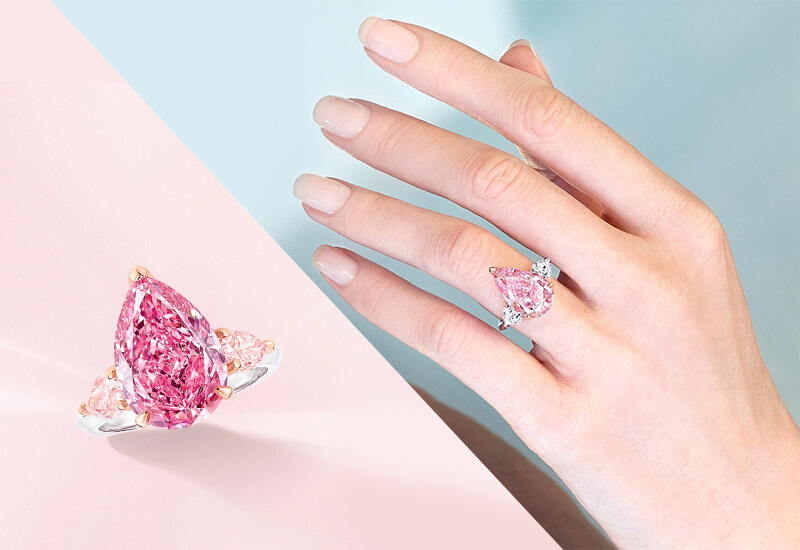
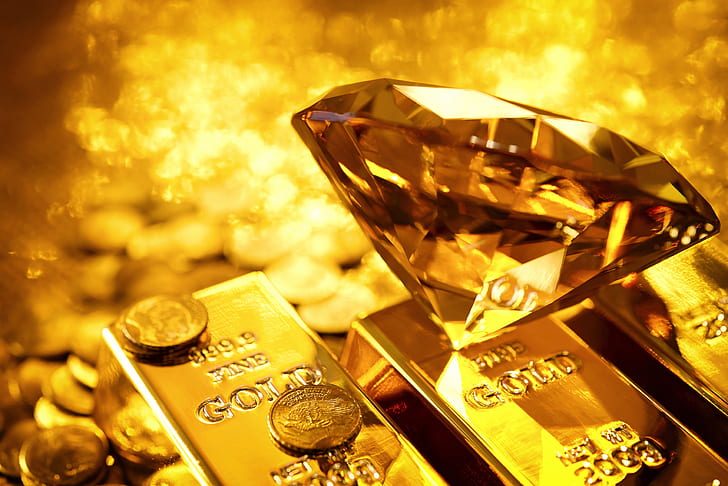
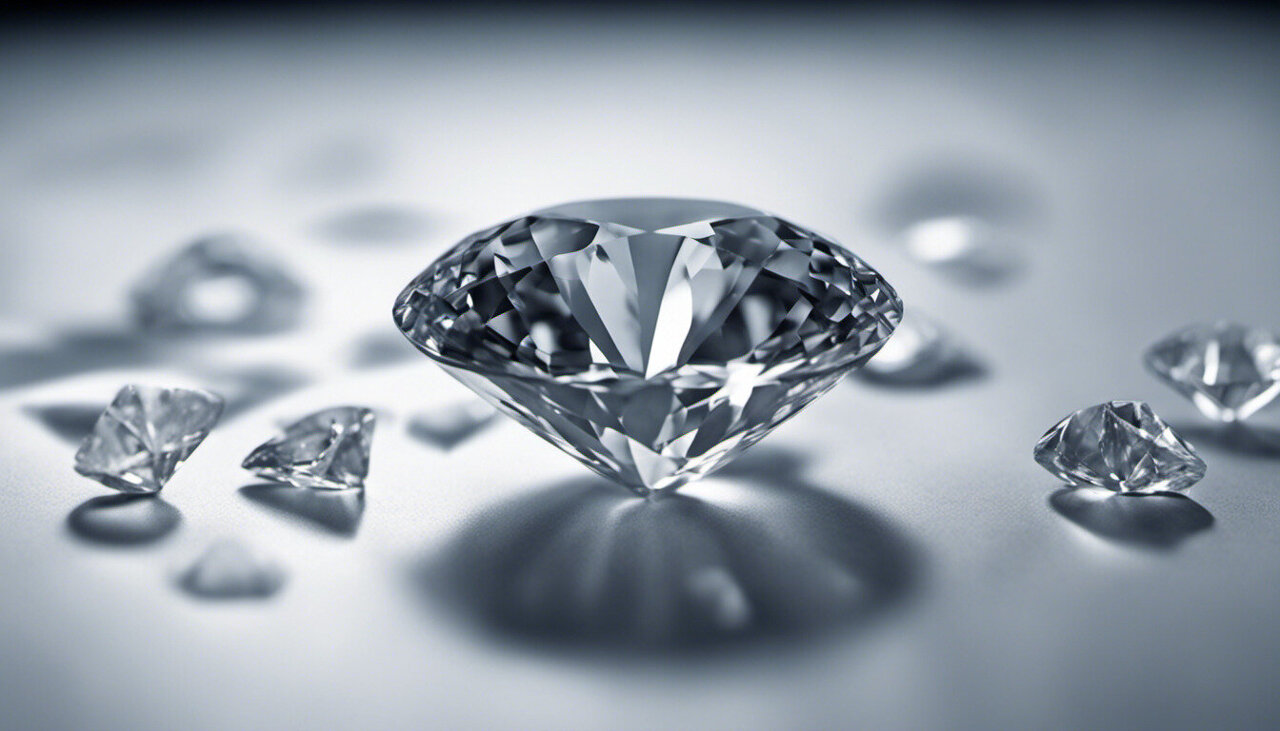
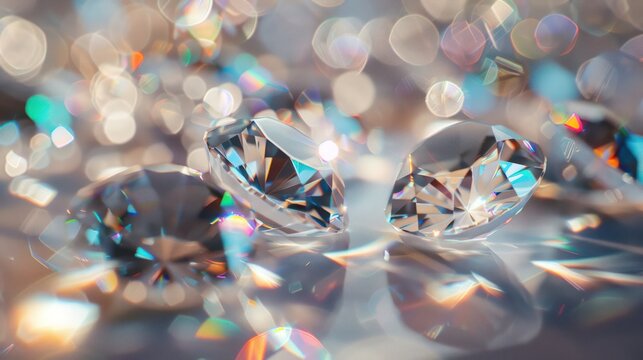

:max_bytes(150000):strip_icc()/labgrownlede-2b7540f7f7404558a08f1a555862f3d3.jpg)